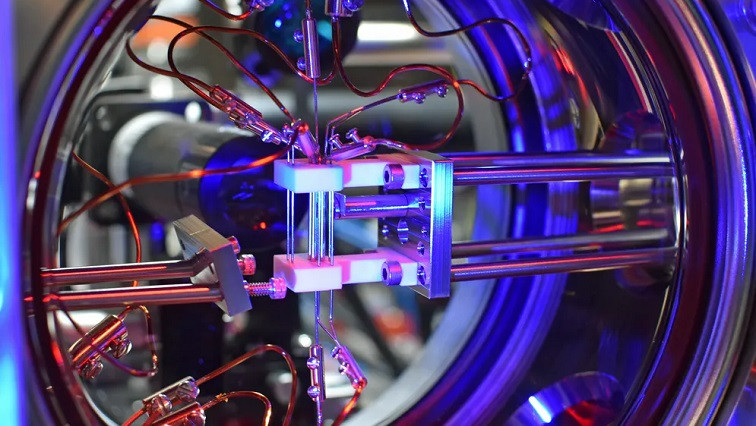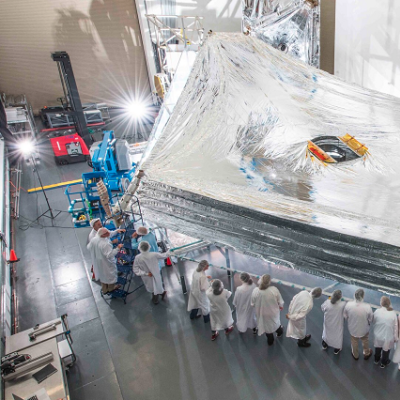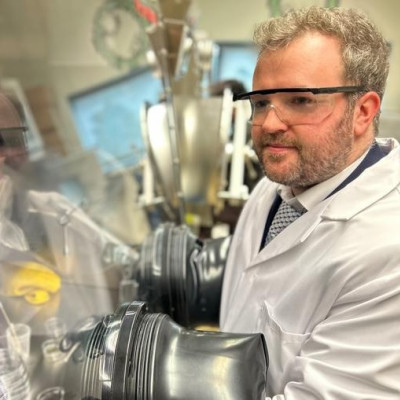The team, led by Tracy Northup, managed to levitate a silica nanoparticle in a linear Paul trap under ultra-high vacuum conditions. What makes this achievement particularly notable is the exceptionally low dissipation rate recorded, with a quality factor exceeding 10 billion. This is more than a hundredfold improvement compared to prior attempts, marking a milestone in the exploration of nanomechanical systems.
The team achieved this in an environment with extremely low pressure, a critical factor in reducing interactions with the surrounding air, which would otherwise damp the oscillator’s motion.
The ultra-high quality factor – a measure of how little energy is lost to the surroundings – was calculated based on the damping rate and the frequency of the nanoparticle's oscillations.
The oscillator’s unprecedented stability and low noise levels make it an ideal platform for the development of ultrasensitive detectors and for conducting fundamental tests in quantum physics. It opens up exciting possibilities for exploring quantum phenomena in macroscopic systems, which has been a long-standing challenge in the field.
The study has been published recently in Physical Review Letters and received funding from the Austrian Science Fund (FWF).
Read the original article on University of Innsbruck.







